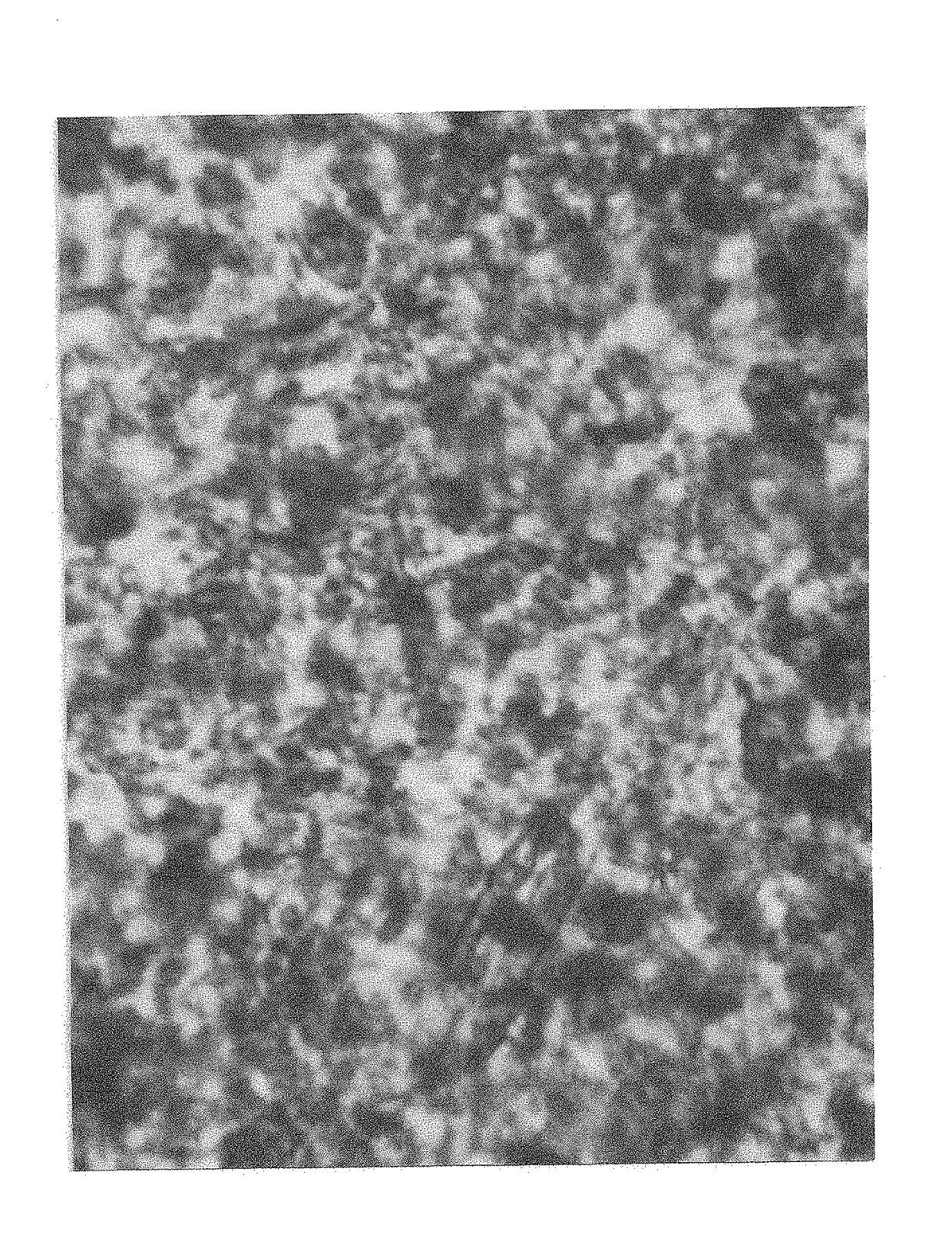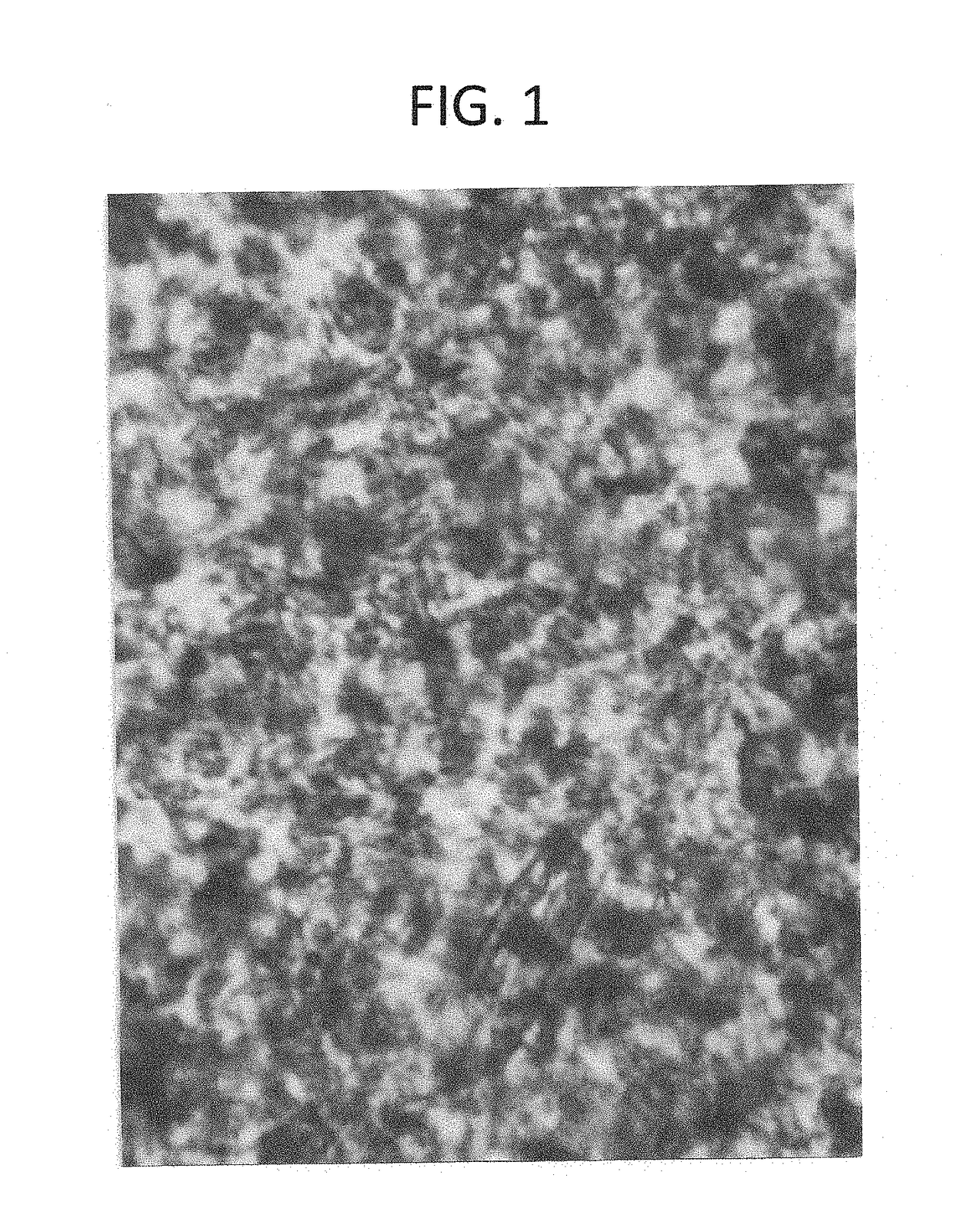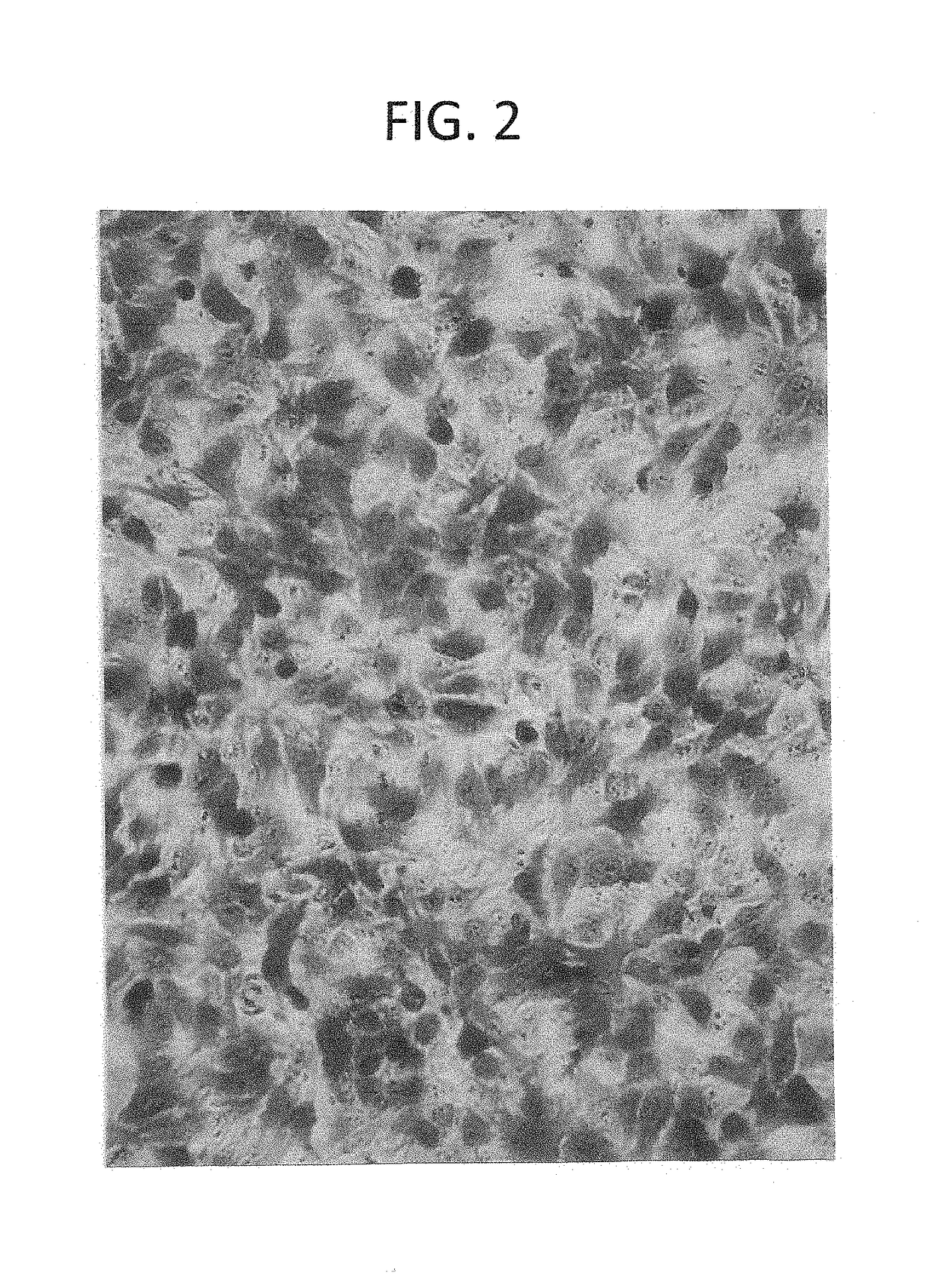Local application of D-lactic acid dimer is selectively cytotoxic when applied to cancer cells
a technology of lactic acid dimer and cancer cells, applied in the direction of ester active ingredients, pharmaceutical delivery mechanisms, organic active ingredients, etc., can solve the problems of not being able to manufacture modern fertilizers, not being able to meet the needs of cancer cells, and not being able to meet the needs of current world population growth
- Summary
- Abstract
- Description
- Claims
- Application Information
AI Technical Summary
Benefits of technology
Problems solved by technology
Method used
Image
Examples
experiment # 1
Experiment #1
Stoichiometry of the L-Lactic Acid+D-Lactic Acid Dimer Stereocomplex Reaction
[0040]D-lactic acid dimer is a thick viscous liquid with a consistency of honey. Samples of D-lactic acid dimer were weighed on truncated 100 micro liter pipette tips. The tips were then inserted into the pipette, and D-lactic acid dimer was mixed in 40 micro liters of 10 mM L-lactic acid. The reactions were carried out at room temperature and allowed to incubate for two minutes after which 20 microliters were applied to L-lactic acid test strips, and the results were read after two minutes. The molar ratio of D-lactic acid dimer (MW 162 g / mol) to L-lactic acid (MW 90 g / mol) ˜0.004 / 0.004-0.006 / 0.004 for complete sequestration of L-lactic acid. (Table 2)
[0041]
TABLE 2Stereocomplex reaction of L-lactic acid + D-lactic acid dimerTetrazoliumLactic acidD-lactic acid dimerindicator40 microliters of 10 mM0 mggreater than400 mg / L40 microliters of 10 mM0.5 mg D-lactic acid dimer80 mg / L40 microliters of 1...
experiment # 2
Experiment #2
Cytotoxicity of D-Lactic Acid Dimer Compared to L-Lactic Acid and PLLA
[0042]HeLa cells (ATCC CCL-2) were cultured on six well plates. At 50-80% confluency, the media was exchanged to 1 ml of media for each well, and after two hours of incubation, D-lactic acid dimer, PLLA, or lactic acid were added to the wells. The cells were incubated for 12 hours, after which time they were stained with 1 ml trypan blue for two minutes. The media and trypan blue were aspirated from each well, and the cells were then placed under an inverted microscope for photography. (Table 3)
[0043]
TABLE 3HeLa cell cytotoxicity testingFIGS.DoseCell characteristics110 mg or 0.062 mmole D-lactic acid dimer100% cells non-viable25 mg or 0.031 mmole D-lactic acid dimer80% cells non-viable35 mg PLLAless than 5% cellsnon-viable45 mg or 0.055 mmole L-lactic acid0% cells non-viable52.5 or 0.028 mmole mg L-lactic acid0% cells non-viable6No treatment0% cells non-viable
[0044]Conclusion: D-lactic acid dimer is c...
experiment # 3
Experiment #3
D-Lactic Acid Dimer Dose Response Relationship when Applied to Human Retinoblastoma Cells
[0045]Human retinoblastoma cells (ATCC C-33A) were cultured in six well plates. At 50-80% confluency, the medium was exchanged to 1 ml of fresh media for each well, and after two hours of incubation, concentrations of D-lactic acid dimer were added to the wells. The cells were incubated for 12 hours after which time they were stained with 1 ml trypan blue for two minutes. The media and trypan blue were aspirated from each well, and the cells were examined with an inverted microscope for photography. (Table 4)
[0046]
TABLE 4Retinoblastoma cytotoxicity testingFIG.DoseCell characteristic725 mg or 0.154 mmole D-lactic acid dimer50% cells non-viable812.5 mg or 0.077 mmole D-lactic acid dimer50% cells non-viable96.25 mg or 0.039 mmole D-lactic acid dimer30% cells non-viable103.13 mg or 0.019 mmole D-lactic acid dimer0% cells non-viable111.5 mg or 0.009 mmole D-lactic acid dimer0% cells non-...
PUM
| Property | Measurement | Unit |
|---|---|---|
| time | aaaaa | aaaaa |
| concentration | aaaaa | aaaaa |
| concentrations | aaaaa | aaaaa |
Abstract
Description
Claims
Application Information
 Login to View More
Login to View More - R&D
- Intellectual Property
- Life Sciences
- Materials
- Tech Scout
- Unparalleled Data Quality
- Higher Quality Content
- 60% Fewer Hallucinations
Browse by: Latest US Patents, China's latest patents, Technical Efficacy Thesaurus, Application Domain, Technology Topic, Popular Technical Reports.
© 2025 PatSnap. All rights reserved.Legal|Privacy policy|Modern Slavery Act Transparency Statement|Sitemap|About US| Contact US: help@patsnap.com



